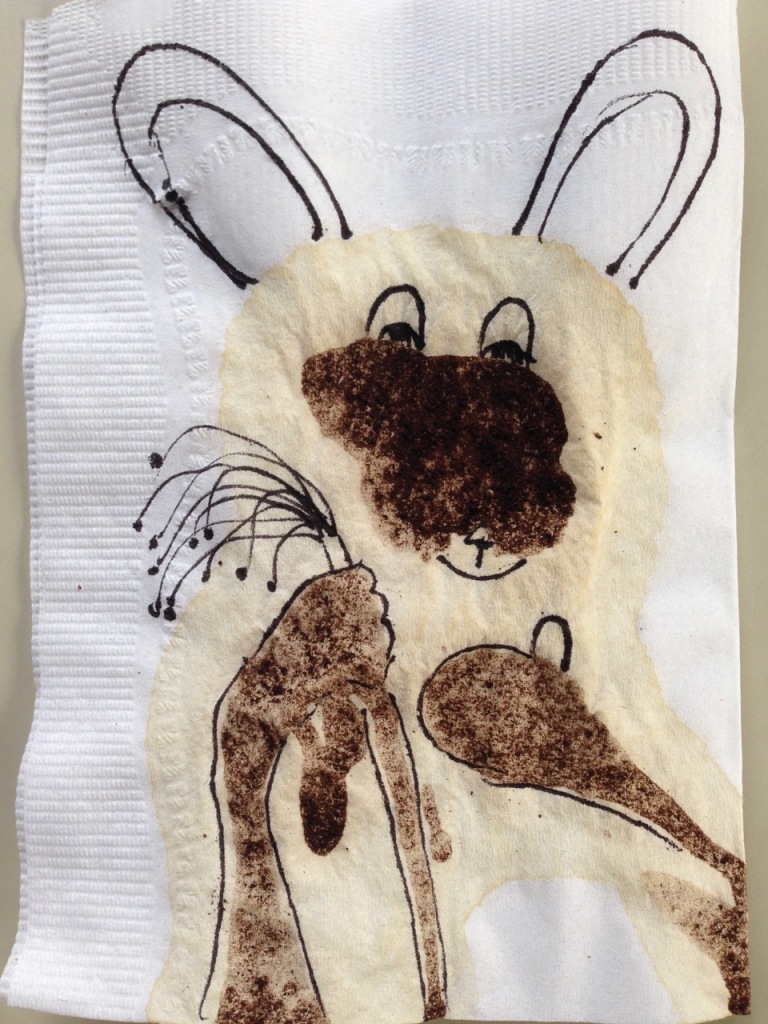Think Again!

Last week I posted two ideas for daily creative exercises. Here are two more.
The first is a brainstorming method that asks you to relate unrelated things. If you have a deck of cards, you can use it with my starter lists below. You can also randomly think of your cards before you check the list, and of course, you can modify or make your own lists!
Choose one red and one black card. Find the two corresponding things from the columns below and think of a potential product or possible creation that combines them. Any idea is a good idea. Quantity is more important than quality or feasibility. Keep writing things down even if they’re silly or nonsensical. Especially if they’re silly or nonsensical. Try to think of 10 ideas, and then pause.
Now think of three more. It should take you about ten minutes total. The intent is to work quickly and without censoring. After several days, you might find you can generate more ideas in the same amount of time, and maybe one of them will be brilliant—or at least eye-rollingly funny. Regardless, getting your mind in a creative state will be a healthy warm up for other work.
Hearts or Diamonds
A clock tower 2 vending machine 3 bird’s nest 4 parking meter 5 dart game 6 store mannequin 7 constellation 8 kite 9 coffee maker 10 luggage J volcano Q fish tank K piñata
Spades or Clubs
A cactus 2 jellyfish 3 bubble gum 4 stapler 5 mushroom 6 confetti 7 candle 8 rabbit 9 pumpkin 10 salad J human foot Q swim fins K broom

The science: In 1938, Alex Faickney Osborn came up with what he called “organized ideation” and his advertising coworkers later called “brainstorm sessions.” Two of the key components of a successful session were producing as many ideas as possible and deferring judgement. He later wrote a book called “Applied Imagination” (which is currently pretty pricey on Amazon).
Stanford professor Tina Seelig has studied creativity for years as part of Stanford’s design school. You can see several of her talks about brainstorming online, including this two-minute interview with toy designer and IDEO executive Brendan Boyle about how to brainstorm better.
Shape Shifters

If you have a set of Tangram shapes, you’re ready to go. If not, they’re available online here to print and cut. I used two sets.
First find a random noun. You can a) choose a playing card and use the list above; b) use an online random item generator (there’s one here); or c) open a book and put your finger on a page. The closest noun is your word.
I tried the third method for the images here. The first word I pointed at was “city.” The second, below, was “telephone.” Arrange the tiles to represent the noun. There are no judges, so use your imagination and simply assemble something. Give yourself five minutes, tops.
Sometimes playing with blocks or clay can free your mind in ways that using pencils or paintbrushes cannot. Note: Feel free not to use all of the shapes, or to stack them on top of each other. Using all of them every time might be too limiting!

The science: This activity forces you into constraints. Studies have proven that narrowing a problem produces more, and more creative, results than a wide open question. In fact, it’s so widely accepted that studies to find exactly how much constraint is ideal are ongoing. In 2017, Balder Onarheim and Michael Mose Biskjaer of Denmark started looking into what they call the “sweet spot.” They say this is “where the creative practitioner can be said to experience the ‘right’ level of ‘constrainedness’ conducive to optimum creative performance.” There’s a link to their research here.
That’s all for now. I’d be happy to hear how these or the previous two ideas work for you. Cheers!
I’ve experimented by publishing the last two posts as articles on Medium. You can find them here.




